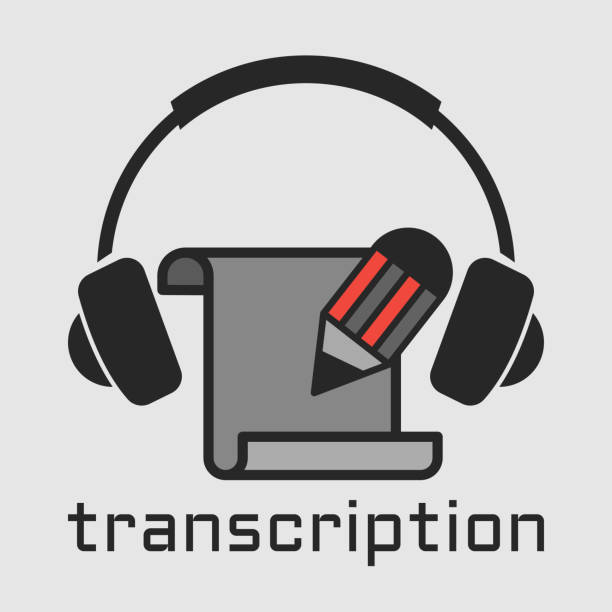
Have you ever wondered how to make data management easier and more efficient? Well, look no further! In this article, we will explore the fascinating world of converting sound to text for easy processing.
Why Convert Sound to Text?
Sound is an integral part of our daily lives. From phone calls to voice notes, we are constantly surrounded by audio data. However, managing and processing this data can be a challenging task. That’s where converting transcribe sound to text comes in handy. By transforming audio files into written text, we can easily organize, search, and analyze the information.
The Benefits of Converting Sound to Text
- Enhanced Accessibility: Text-based information is accessible to everyone, including individuals with hearing impairments. By converting sound to text, we ensure that the content can be understood by a wider audience.
- Improved Searchability: Text-based data is easily searchable using keyword-based algorithms. This makes it effortless to find specific information within a large audio dataset.
- Efficient Data Analysis: Text data can be processed using various natural language processing (NLP) techniques. This enables us to extract valuable insights, conduct sentiment analysis, and perform other advanced analytics on the converted text.
How Does Sound-to-Text Conversion Work?
The process of converting sound to text involves several steps:
- Audio Recording: The sound is initially captured using a microphone or other recording devices.
- Speech Recognition: The recorded audio is then analyzed using sophisticated speech recognition algorithms. These algorithms convert the sound waves into text based on patterns and linguistic rules.
- Language Modeling: Language models are used to improve the accuracy of the converted text. These models consider context, grammar, and vocabulary to generate more coherent and natural-sounding sentences.
- Post-processing: After the conversion, the text may undergo additional processing, such as spell-checking, punctuation correction, and formatting.
Tools and Technologies for Sound-to-Text Conversion
There are several tools and technologies available for converting sound to text:
- Automatic Speech Recognition (ASR) systems: These systems use advanced algorithms and machine learning techniques to transcribe spoken language into written text.
- Cloud-based Services: Many cloud-based platforms offer speech-to-text APIs that provide accurate and reliable transcription services.
- Open-source Libraries: There are various open-source libraries, such as Mozilla DeepSpeech and Kaldi, that provide speech recognition capabilities.
Conclusion
Converting sound to text is a game-changer in the field of data management. It simplifies the process of organizing, searching, and analyzing audio data, making it more accessible and efficient. By leveraging sound-to-text conversion tools and technologies, businesses and individuals can unlock the full potential of their audio content. So why wait? Start simplifying your data management today!










